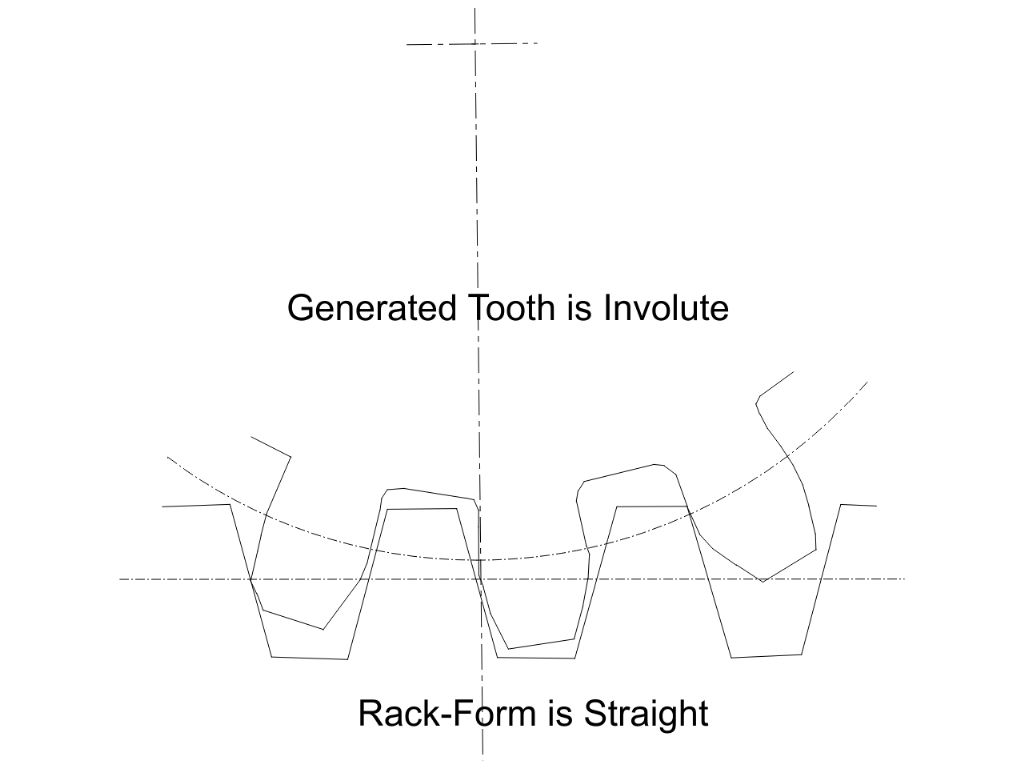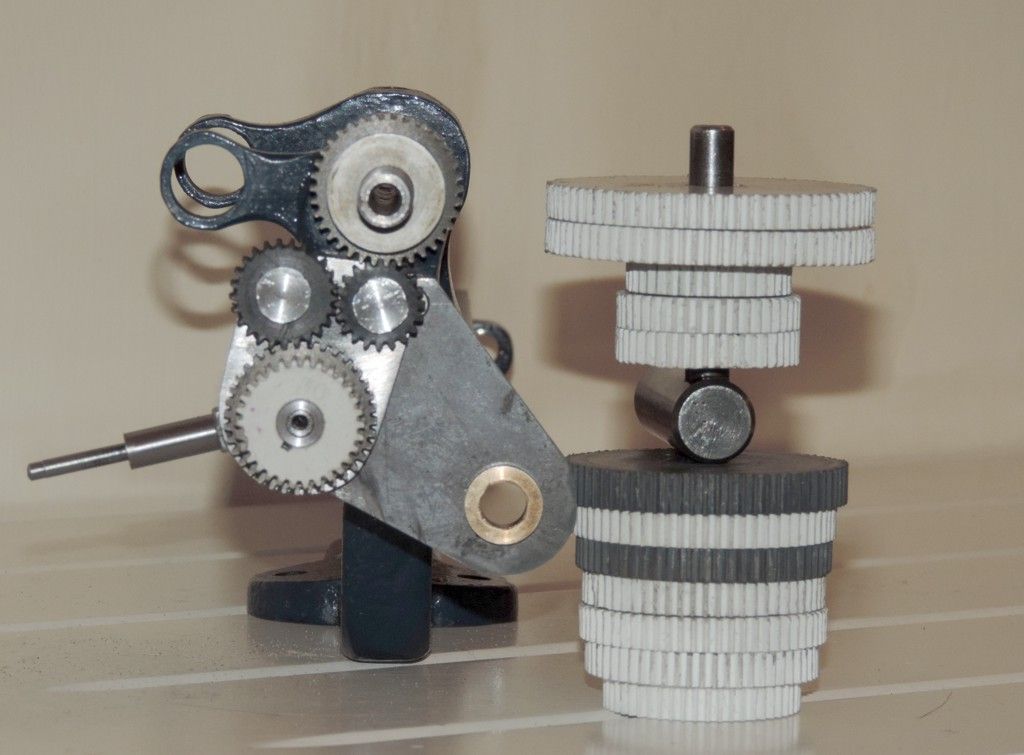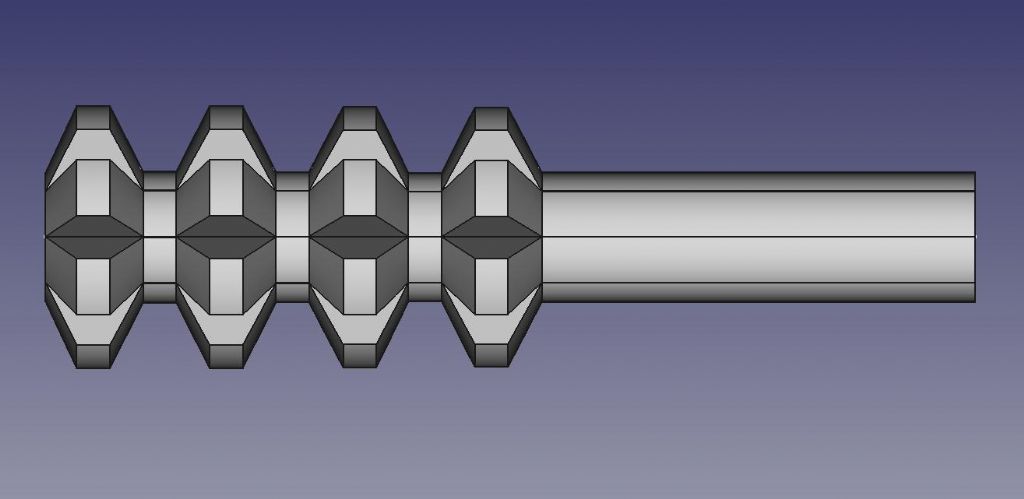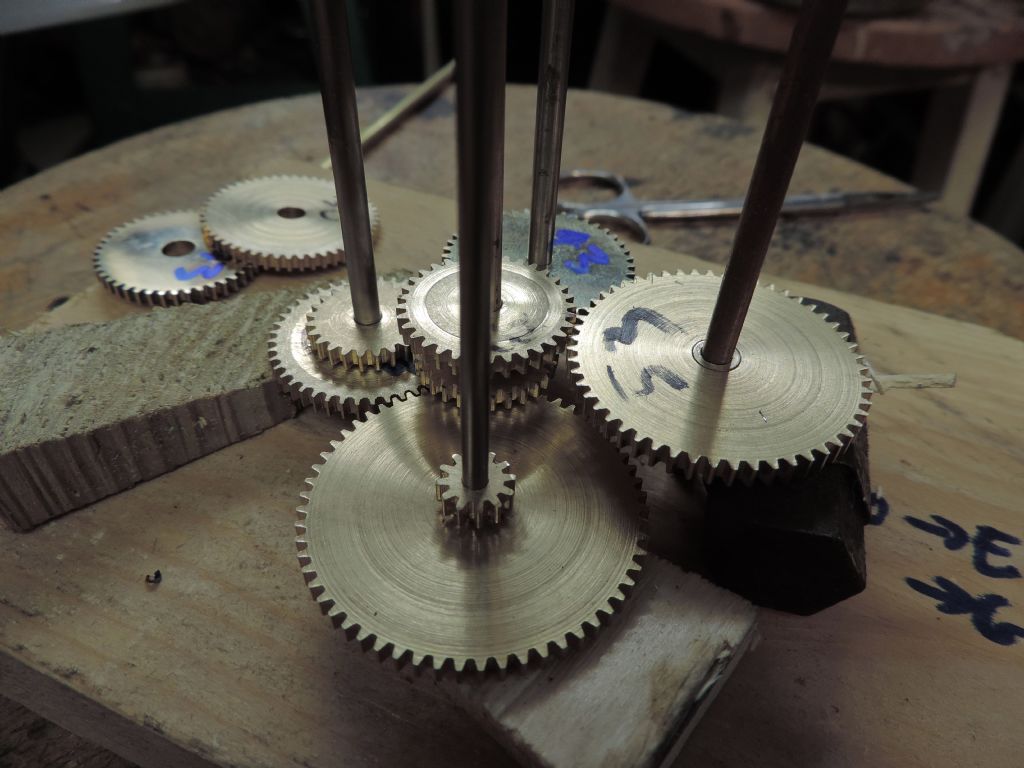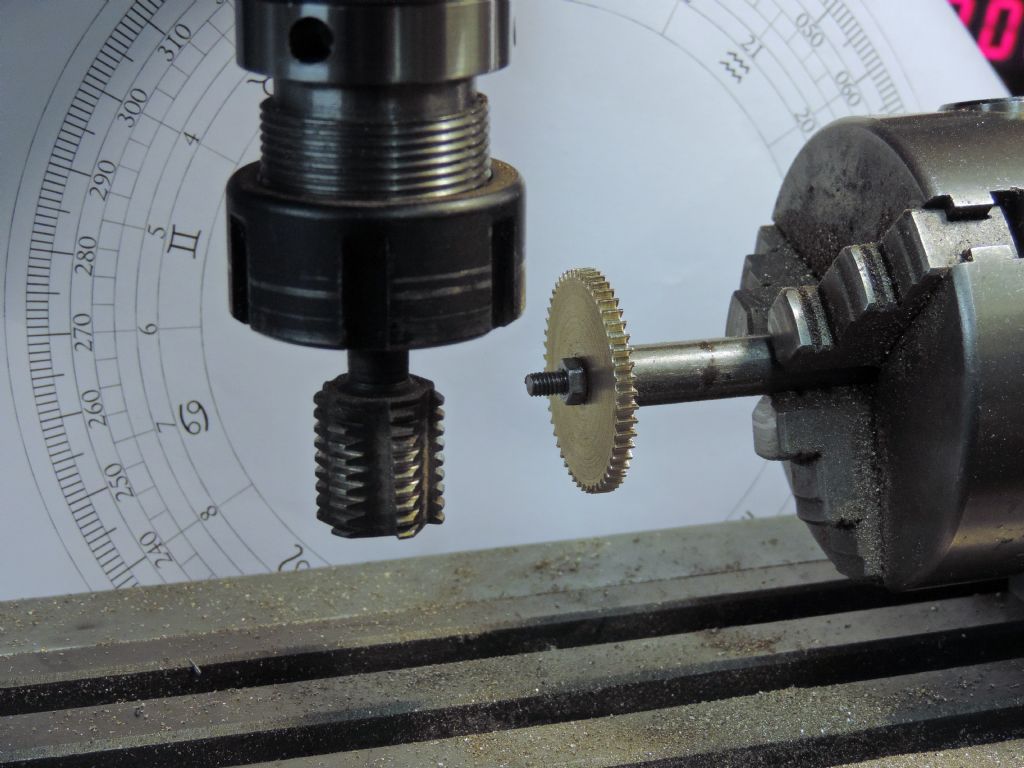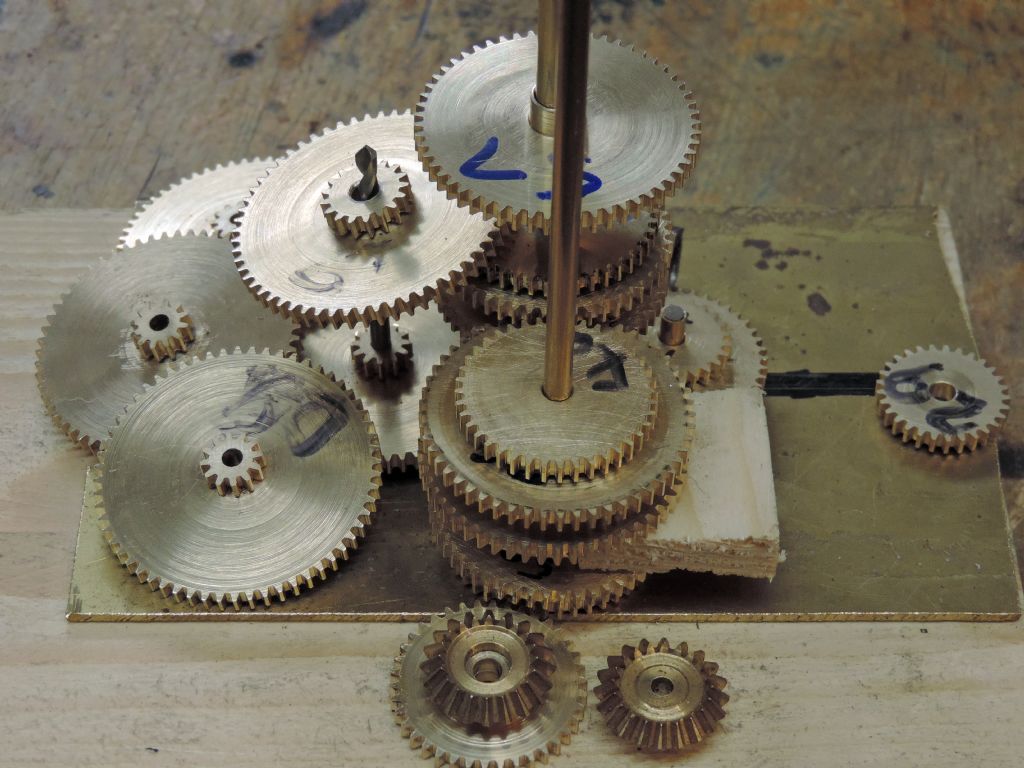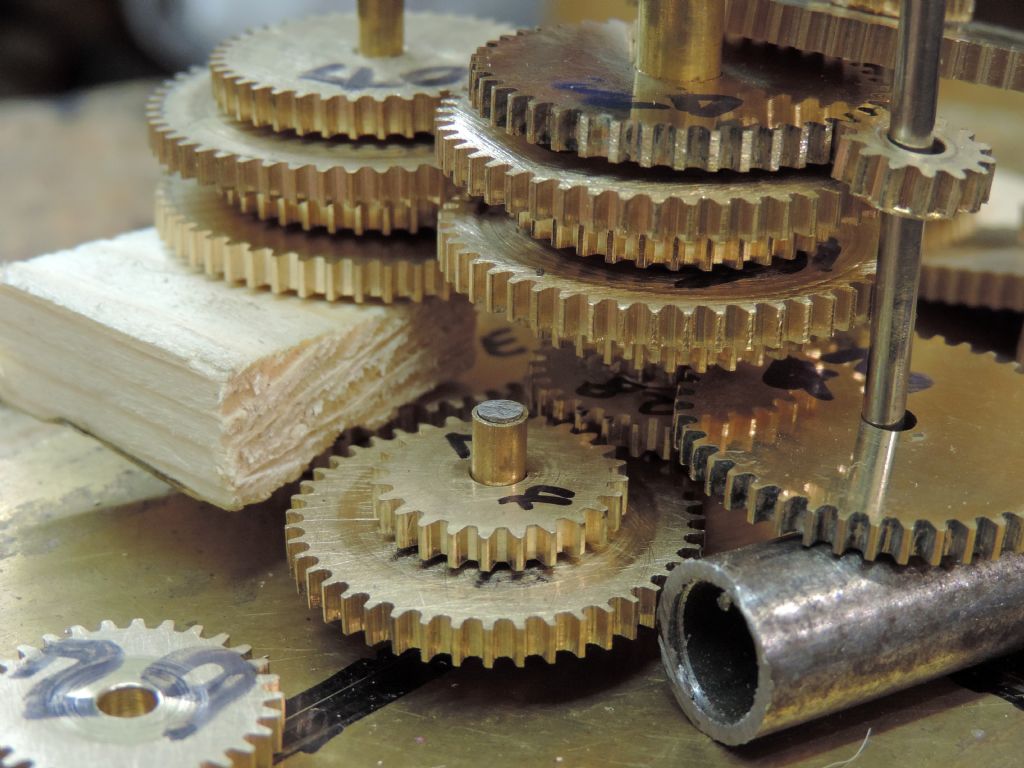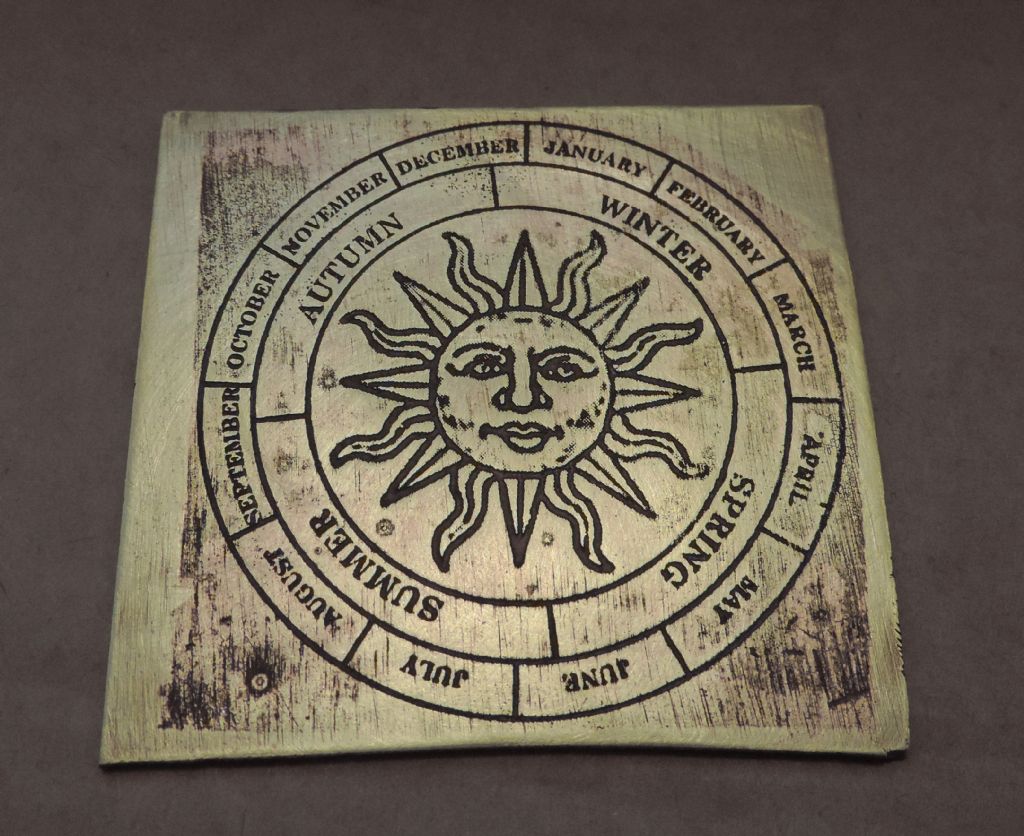Like Michael I'm having trouble understanding the detail of how the blank and rack-form cutter are moved to cut gears.
I've got a 1950 book with a section on making gear wheels. It describes three 'formed-cutter' methods and three 'generating methods' for doing the job.
As an aside, the book highlights the advantages of involute gears, which there is both a method for making them with a fast, continuous process well suited for mass production, and also another method (generation) that can cut the highly accurate tooth forms necessary for precision work. The book says that it is much more difficult, if not impossible, to generate cycloidal teeth. I mention this because I've not come across such a clear explanation for the dominance of involute system before.
Anyway, the rack-form method looks to me like a variation of the "Sunderland gear-shaper" method in which a rack is driven sideways across the blank. At the top of the blank the cutter cuts to the full depth of the tooth, whilst at the sides it shapes part of the tooth form on the flanks.

The bit I don't understand, and I think it's related to Michael's question, is my book stating "Between each cutting stroke of the tool the relative positions of the blank and the tool are changed to correspond to a small amount of rolling of the one pitch surface on the other." (This is different from periodically indexing the blank though 1 pitch so as to cut teeth around the full circumference of the blank, which is clear enough.) The movement is also different from the action of a hob-cutter, where the hob and blank both rotate. Unlike a rack, the hob is in the form of a screw.
Hopefully a few photos with a short explanation might sort me out!
Thanks,
Dave
Dave Goodchild.


